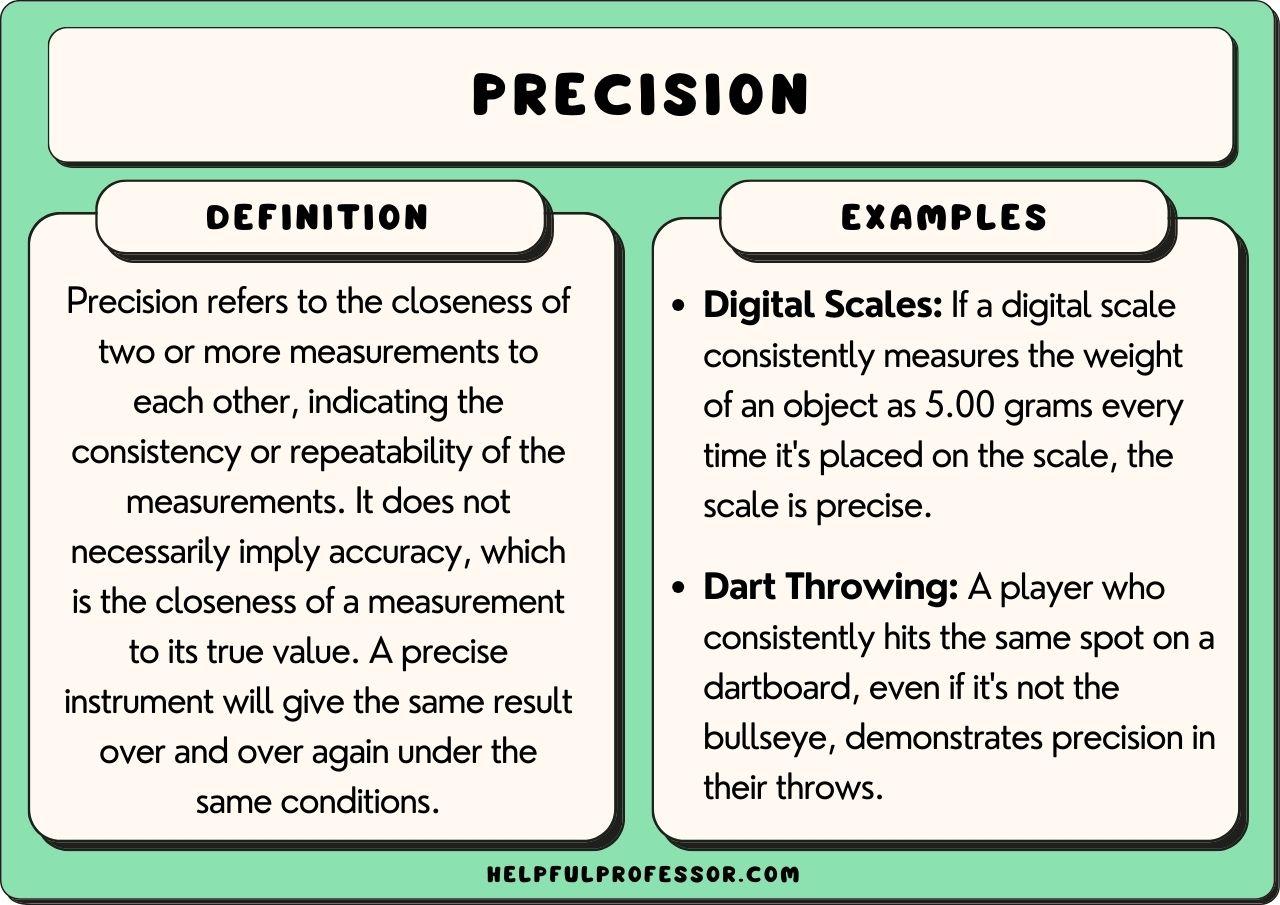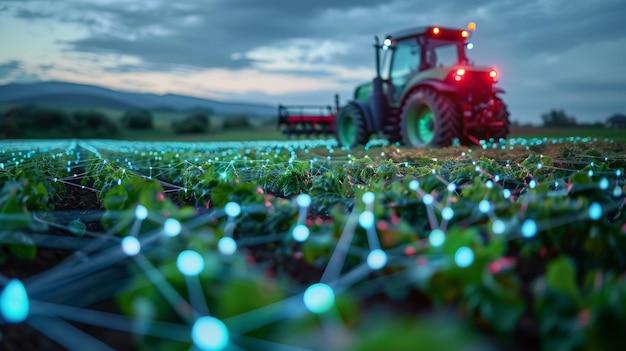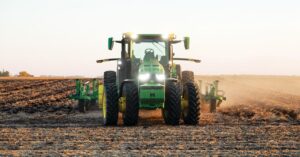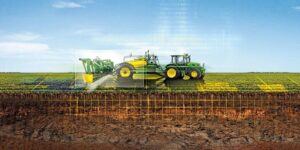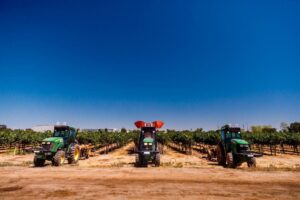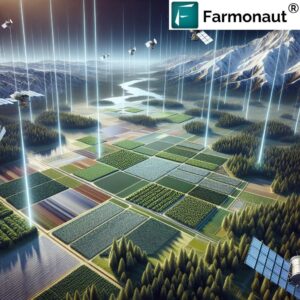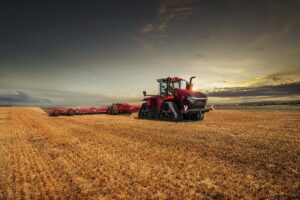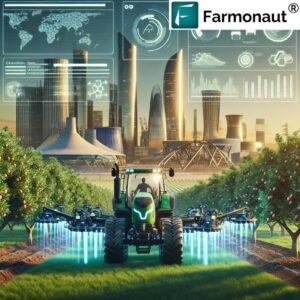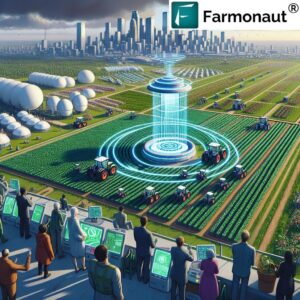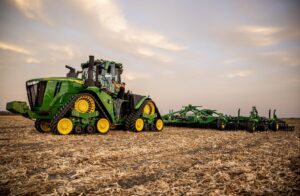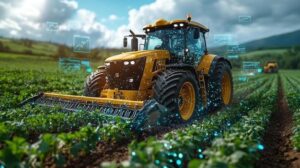In recent years, precision agriculture has emerged as a transformative force in large-scale farming operations. Through teh integration of GPS technology, automated machinery, and data analytics, farmers are now capable of monitoring and managing their fields with unprecedented accuracy. This technological revolution enables precise application of water,fertilizers,and pesticides,while providing real-time insights into crop health and soil conditions. As global food demand continues to rise, these advanced farming methods are becoming increasingly crucial for optimizing agricultural productivity and resource efficiency.Modern farming operations are undergoing a profound transformation through the integration of advanced technological solutions. These innovations are revolutionizing how farmers manage vast agricultural landscapes, optimize resource allocation, and boost crop yields while minimizing environmental impact.
Satellite-guided systems and GPS technology enable tractors and harvesting equipment to operate with centimeter-level accuracy, reducing overlap and ensuring precise coverage of fields. This enhanced precision significantly decreases fuel consumption, minimizes soil compaction, and optimizes the application of seeds, fertilizers, and crop protection products.
Digital sensors deployed across farmland continuously monitor crucial parameters such as soil moisture, nutrient levels, and crop health. This real-time data collection allows farmers to make informed decisions about irrigation scheduling and resource application. Variable-rate technology adjusts input quantities based on specific field conditions, ensuring optimal resource utilization across different zones within the same field.
Drone technology has become an invaluable tool for large-scale agriculture.These unmanned aerial vehicles equipped with multispectral cameras can quickly survey extensive areas, identifying pest infestations, disease outbreaks, and nutrient deficiencies before they become visible to the human eye. This early detection capability enables targeted interventions, reducing the need for broad-spectrum treatments.
Machine learning algorithms process vast amounts of agricultural data, generating predictive models for crop growth, weather patterns, and potential yields.These insights help farmers anticipate challenges and optimize their management strategies. Artificial intelligence systems can analyze past data alongside current conditions to recommend precise timing for planting, fertilization, and harvest operations.
Automated irrigation systems utilize weather forecasts and soil moisture data to deliver water exactly where and when crops need it. Smart sprinklers adjust their spray patterns based on wind conditions and plant requirements, significantly reducing water waste while maintaining optimal growing conditions.
Connected farm equipment shares operational data through IoT platforms, enabling fleet management optimization and preventive maintenance scheduling. This connectivity ensures maximum equipment uptime during critical farming operations and reduces costly breakdowns during peak seasons.
Robotic systems are increasingly handling labor-intensive tasks such as precision weeding and selective harvesting. These machines can work around the clock, maintaining consistent quality standards while reducing labor costs and addressing workforce shortages in agricultural regions.
Climate-controlled storage facilities use sensor networks to maintain ideal conditions for crop preservation, reducing post-harvest losses and extending the shelf life of agricultural products.Smart logistics systems optimize the transportation and distribution of farm products, ensuring efficient market delivery.
These technological advancements are creating more sustainable and efficient agricultural operations, helping farmers meet the growing global demand for food while managing resources more effectively. The integration of precision technologies continues to evolve, promising even greater improvements in agricultural productivity and environmental stewardship.